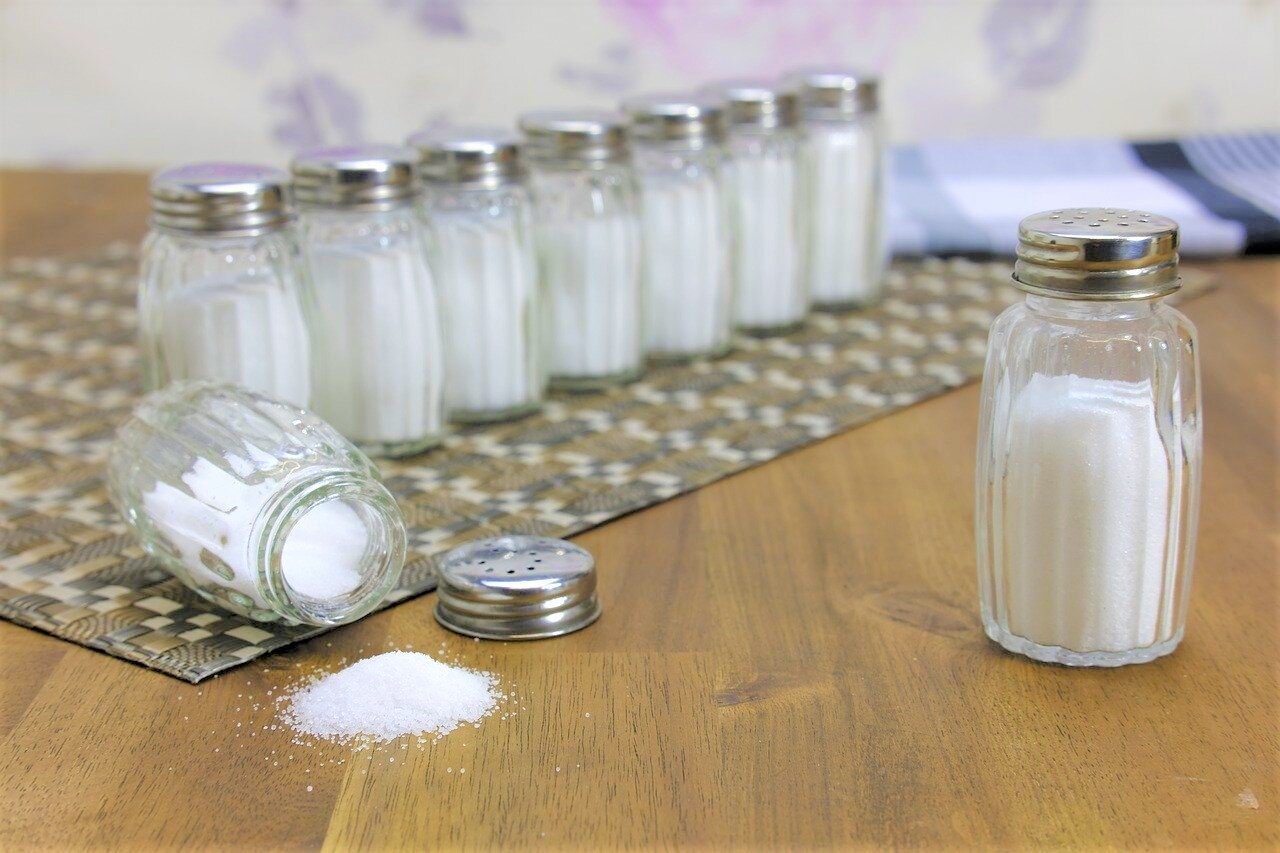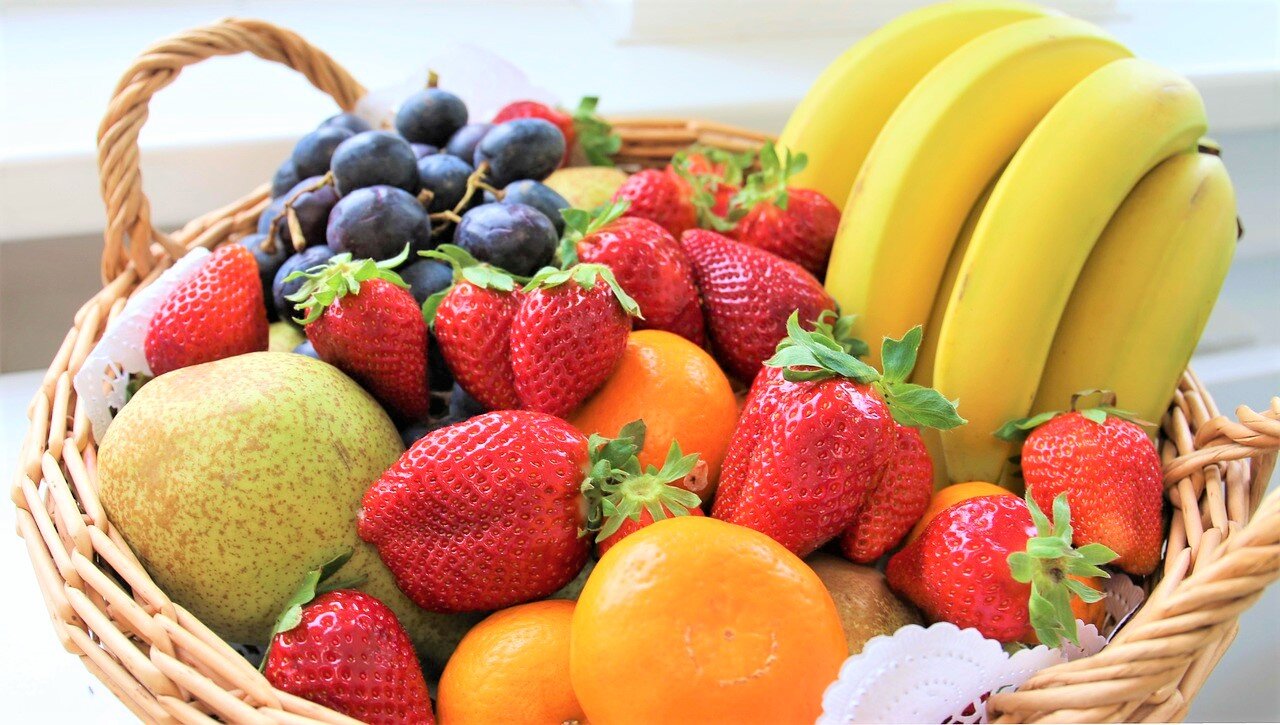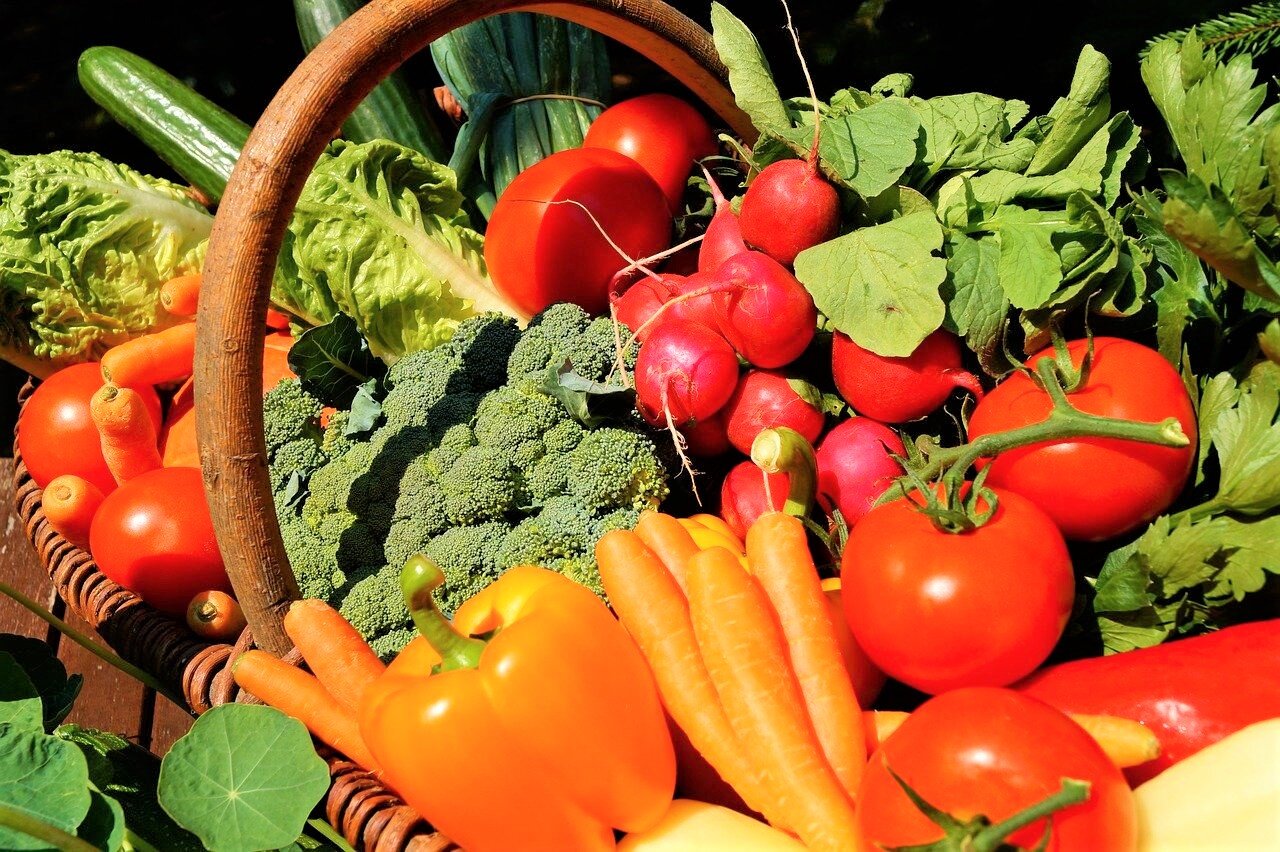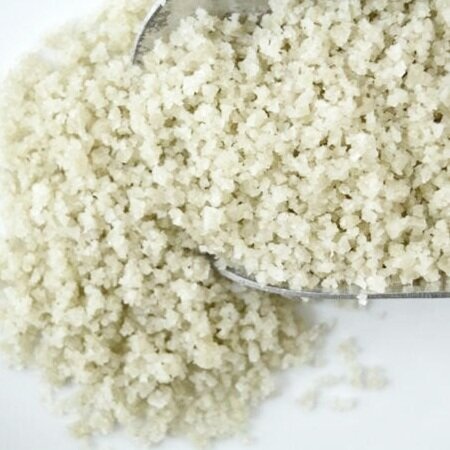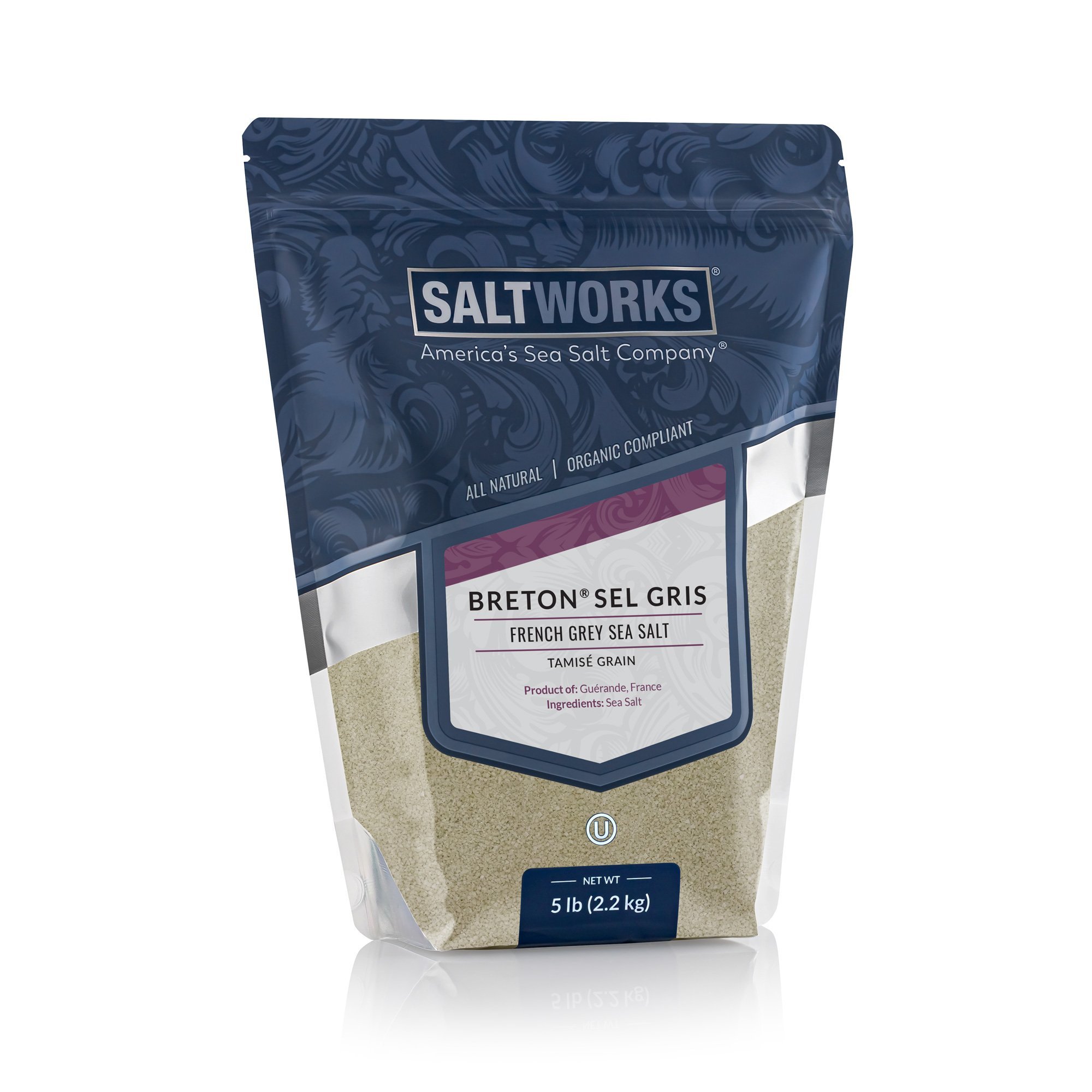Healthy vs. Unhealthy Salts
by Living Springs Retreat Health Educator
Found in most every single home around the globe, as well as in every restaurant, many people believe food would not be food without some sprinkled on it for a savory flavor. In fact, salt is so valuable that Roman soldiers at one time received their pay in salt, not in coins. From this custom, this is where the word “salary” originated. It’s interesting that the word “salt” come from the Latin “salus,” meaning health. The objective of this article is to reveal salt's purpose and which type of salt is the healthiest to consume because what would life be like without salt?1
“There is a difference between sodium and salt. Sodium is a mineral and a nutrient that is naturally occurring. Sodium is a nutrient found in fresh fruits, vegetables, and legumes. Salt on the other hand, is what’s often added to foods, especially to preserve or flavor them. Salt is 40% sodium and 60% chloride.”
Life Without Sodium?
There really is no such thing as life without sodium. Sodium is one of the four VITAL elements needed for life. The other three include oxygen, water, and potassium. Sodium is the third most important element, after water.2 There is a difference between sodium and salt. Sodium is a mineral and a nutrient that is naturally occurring. Sodium is a nutrient found in fresh fruits, vegetables, and legumes. Salt on the other hand, is what’s often added to foods, especially to preserve or flavor them. Salt is 40% sodium and 60% chloride.3
It’s important that our body receive a daily amount of sodium for functioning. We lose sodium when we cry, or perspire, or excrete bodily waste. In fact, the baby in the mother's womb is “swimming” in a sodium water mixture in the mother. Every day, our bodies excrete waste and perspires.4 It’s important to replace the sodium that has been lost. This is where our diet plays a role. The sodium in our diet comes from approximately three sources: salt that is naturally present in food, salt that is added to food by commercial processors, salt that we add to food, either during cooking or at the table.5
Roles of Sodium
Sodium helps our bodies to maintain the proper water balance. This is very important because our bodies are made of mostly water. Sodium assists in muscle contraction and relaxation, and aids in proper functioning of the nervous system, specifically it helps our nerve cells' communication networks. Sodium also helps keep the body's blood and urine in proper balance of acid content, and it aids in the absorption of nutrients through the cell membranes.6 Moreover, salt is essential for the blood, especially for proper blood pressure.
Most of us have consumed or know about “table salt”. Table salt contains 40% of the nutrient Sodium (Na), and 60% of the nutrient, Chlorine (Cl). There are no other minerals found in table salt, however Iodine has been added to table salt. Table salt is refined, meaning it’s highly processed and is not rich in minerals. Let’s take a look at the facts concerning table salt.
Table Salt, Friend or Foe?
Before the salt reaches our table or is put into our food, it goes through quite a process. Table salt is typically mined from underground salt deposits. It is heavily processed to eliminate minerals (including trace minerals and minerals like magnesium, calcium, and potassium) and impurities and usually contains an additive to prevent clumping.7 These additives are called “anti-caking agents” and may include the following: potassium ferrocyanide, calcium silicate, silicon dioxide, yellow prussiate of soda, and iron ammonium citrate.8 In addition, the salt is heavily ground, meaning it is refined.
Manufacturers will often, if not most times, add Iodine. Iodine is a very important mineral that helps regulate Thyroid function. Iodine is known to help prevent goiters.9 So, although there is iodine added, there is still an obvious imbalance of minerals in table salt. Barbara O'Neill, a world renown naturopath and holistic expert, states that table salt is “a harsh salt and a dangerous salt because it causes an electrolyte imbalance by bringing sodium into the body in an unbalanced way. If sodium chloride were injected into the body, the person would die. The human body requires sodium in a balanced state, accompanied by a host of other minerals.”10
When we consume table salt, the sodium content of our blood increases and the cells swell up. As a result, there is an elevation of the blood pressure because of the swelling. (Barbara O'Neill). Jethro Kloss in his book, Back to Eden, states that “Sodium Chloride is inorganic and cannot be used by any cell structure in the body. It irritates the stomach and the bloodstream, is indigestible, and even hinders the digestion of other foods. It is one of the causes of high blood pressure and should be restricted in the diets of patients with heart disease.”11 Even in small quantities, sodium chloride can be irritating to the body. As stated earlier, because sodium and chloride are not accompanied by other minerals, there is a crisis that occurs if introduced into the body. One teaspoon has about 2,000-2300 mg of Sodium.
This salt is very popular in processed foods. It’s valued by manufacturers because it preserves the packed foods they sell. This preservation helps more to be put onto the shelves in the super market. It’s been said that three-fourths of our regular salt intake is not from the salt shaker, but from the processed foods that we eat. Check out your pantry at home, and read the nutrition label of a can of soup, bag of chips, crackers, and even cookies. Take a look at packaged pancake mix, cake, and muffin mixes. Your refrigerator may have condiments, such as Worcestshire sauce, ketchup, or hot sauce. How many miligrams of salt are there per serving? Too many. Fresh produce is healthier than processed foods because fresh will not give you health risks. These foods are apples, pears, bananas, grapes, pineapples, oranges, kale, carrots, lettuce, beets, celery, turnips, parsley, brussels sprouts, sweet potatoes, squash, etc. Each one naturally has a tiny bit of sodium. Carrots are naturally salty. One carrot 7 inches long and 1.5 inches in diameter contains 54 mg of sodium. Live foods like fresh garden produce contain minerals.
We’ve all heard that eating too much salt is linked to high blood pressure. This is a true statement. Too much is also linked to kidney disease, increase risk of heart disease, dehydration, and water retention.12 Too much salt is also linked to a higher risk of stomach cancer and may be dangerous to bone health.13
Medical doctors recommend limiting salt in the diet because of the reasons just listed. High blood pressure is a significant concern with too much salt in the diet.14 You should consult your doctor before adding more sodium chloride to your diet. Most people exceed the recommended amount.15 There are two places in the world that stand out as high consumers of salt: Northern Japan and Evan County, Georgia (United States). A high intake of salt is associated with a high death rate from strokes.16
The last interesting fact to share about table salt is that it kills the taste buds. This explains how we can fall into the trap to consuming too much, especially at one time. The amount that once was pleasing to the taste buds is no longer pleasing. It then takes more of the salt to satisfy the damaged taste buds. Do you see how this vicious cycle works?
What are healthy alternatives to Table Salt?
Celtic Sea Salt and Himalayan Pink salt are two excellent brands of you can find at the super market. These are naturally-occurring mineral salts that contain less sodium per gram. Let’s explore these two salts.
Is Pink Salt Just For Girls?
The answer to that is no! Pink Himalayan salt is not for females alone, but for everyone who wants to be healthy and strong! Found in nature, loaded with 82 minerals, unrefined, and containing three different types of magnesium, this rich salt will aid your body to be properly balanced with the minerals it needs. Your body will thank you because of its alkalizing effect. Himalayan pink salt is sourced by hand in Pakistan from the second biggest salt mine in the world. It contains minerals such as calcium, iron, potassium, magnesium (magnesium chloride, magnesium bromide, and magnesium sulfate). The three magnesium’s “patrol” the body tissues looking for any excess sodium to eliminate. What an amazing job!17 It is crucial that we consume the salt that is found in nature-salt that our body can use properly-with all of its minerals.
The reason why it is pink is because of the trace minerals it contains.18 But don't worry, it will not turn your food pink! You will find that your taste buds awaken with its use! If you are interested in the complete listing of all of the minerals that can be found in Himalayan Pink salt, check out the Spectral Analysis at this website: The Meadow
Celtic Sea Salt, Your Medicine
Celtic Sea Salt® is a brand name for a sea salt company that provides authentic, unprocessed, gourmet, whole salt packed full of naturally occurring, essential minerals with absolutely no additives or anything removed from the salt that would alter it. Celtic Sea Salt® refers to naturally moist salt harvested from the Atlantic seawater off the coast of Brittany, France. This type of salt is harvested using the Celtic method of wooden rakes allowing no metal to touch the salt. It is naturally aired and sun-dried in clay ponds and gathered with wooden tools to preserve its living enzymes. Because it is unrefined, it contains all of the 84 beneficial live elements found in sea water, with no chemical and preservatives nor any other additives.19
Did you know one crystal-size piece of Celtic sea salt dissolved on the tongue followed by 1-2 glasses of water will bring hydration to the cells of the body very quickly? Don't be fooled by its dull gray hue, it’s pure and fit for consumption. Because it is full of minerals, Celtic sea salt helps your body to heal. Whether surgery, burns, mental disorder, or sickness, this salt helps the body to quickly recover. Gargling or drinking can ease a sore throat. Diabetics can use it on food to help regulate blood sugar levels. Anyone suffering from sinus or bronchial congestion can get relief especially when taken before bedtime. In fact, people who suffer from unrestful sleep can drink a warm cup of water mixed with some Celtic Sea Salt before bedtime, and the results will prove a restful and refreshing.
Studies have shown that this amazing salt normalizes blood pressure. A French doctor by the name of Dr. Lalangree wrote a book on salt. He puts his patients on mineralized salt if they have blood pressure issues. Consuming this salt will not cause water retention, kidney overload, high blood pressure, or put one at risk of heart disease.
Celtic Sea Salt vs. Sea Salt: What is the difference?
It’s important not to classify these two salts in the same category. They are very different from each other. “Regular sea salt is usually refined through a chemical process. The salt is rinsed first in a brine solution to wash out calcium and other impurities, and then rinsed again in actual bay water to dissolve the magnesium chloride. What you're left with is 99.8% sodium chloride sea salt. The finished sea salt is transferred to huge outdoor mounds. Over time, a crust forms on the outside of the mounds, protecting the pure sea salt inside. As the salt is needed to meet market demand, a bulldozer pushes it onto conveyor belts that take the salt inside the facility for final processing, kilning, and packaging. From there, to the stores and to your kitchen.”20
It is known to contain trace amounts of micro-plastics. Mircoplastics are microscopic-size pieces of plastic waste found in the ocean. In addition, sea salt is known to contain heavy metals, such as lead, because of ocean pollution.21
“Celtic Sea Salt vs. Sea Salt: What is the difference?
It’s important not to classify these two salts in the same category. They are very different from each other.”
A Salt-Free Diet: Not Advisable
Abstaining from salt is not advisable. Because sodium is an essential element in the body, doctors advise never to go on a salt-free diet. Salt deficiency may be responsible for conditions such as osteoporosis and cancer.22 Eliminating salt can cause harmful mineral imbalances in the blood and can affect thyroid function.23
Conclusion
We hope that you have found this article informative and helpful. With so many choices out there, it can be a relief to have a better grasp on which salt is the healthiest option available. When we give our body what it needs naturally, there is sure to be success. Jesus says in Mark 9:50, “Salt is good, but if the salt have lost his saltness, wherewith will ye season it? Have salt in yourselves, and have peace one with another.” (KJV)
1 Jethro Kloss, Back to Eden,, p.614
2 F. Batmanghelidj, M.D., Your Body's Many Cries For Water, p.160
Barbara O'Neill YouTube video called “The Importance of Salt & Water”
3 https://www.healthline.com/health/sodium-chloride#salt-vs-sodium
4 Barbara O'Neill, Self Heal By Design, p. 97
5 Jethro Kloss, Back to Eden, p. 615
6 https://www.medicalnewstoday.com/articles/326519
8 https://www.medicalnewstoday.com/articles/326519#health-risks
https://www.medicalnewstoday.com/articles/326519
10 Barbara O'Neill, Self Heal By Design, p. 97
11 Jethro Kloss, Back to Eden, p. 614
12 https://www.healthline.com/health/sodium-chloride#takeaway
13 Vance H. Ferrell & Harold M. Cherne, M.D, The Natural Remedies Encyclopedia, p. 898
14 https://www.medicalnewstoday.com/articles/326519)
15 https://www.healthline.com/health/sodium-chloride#takeaway
16 Agatha thrash, M.D. & Calvin Thrash, M.D. Natural Treatments for Hypertension, p. 63
17 Barbara O'Neill, Self Heal By Design, p. 97
18 https://en.wikipedia.org/wiki/Himalayan_salt
19 https://www.quora.com/What-is-the-difference-between-Celtic-sea-salt-and-regular-sea-salt.
20 https://www.quora.com/What-is-the-difference-between-Celtic-sea-salt-and-regular-sea-salt.
21 https://www.healthline.com/health/sodium-chloride#takeaway
22 F. Batmanghelidj, M.D Your Body's Many Cries for Water p. 160-161

